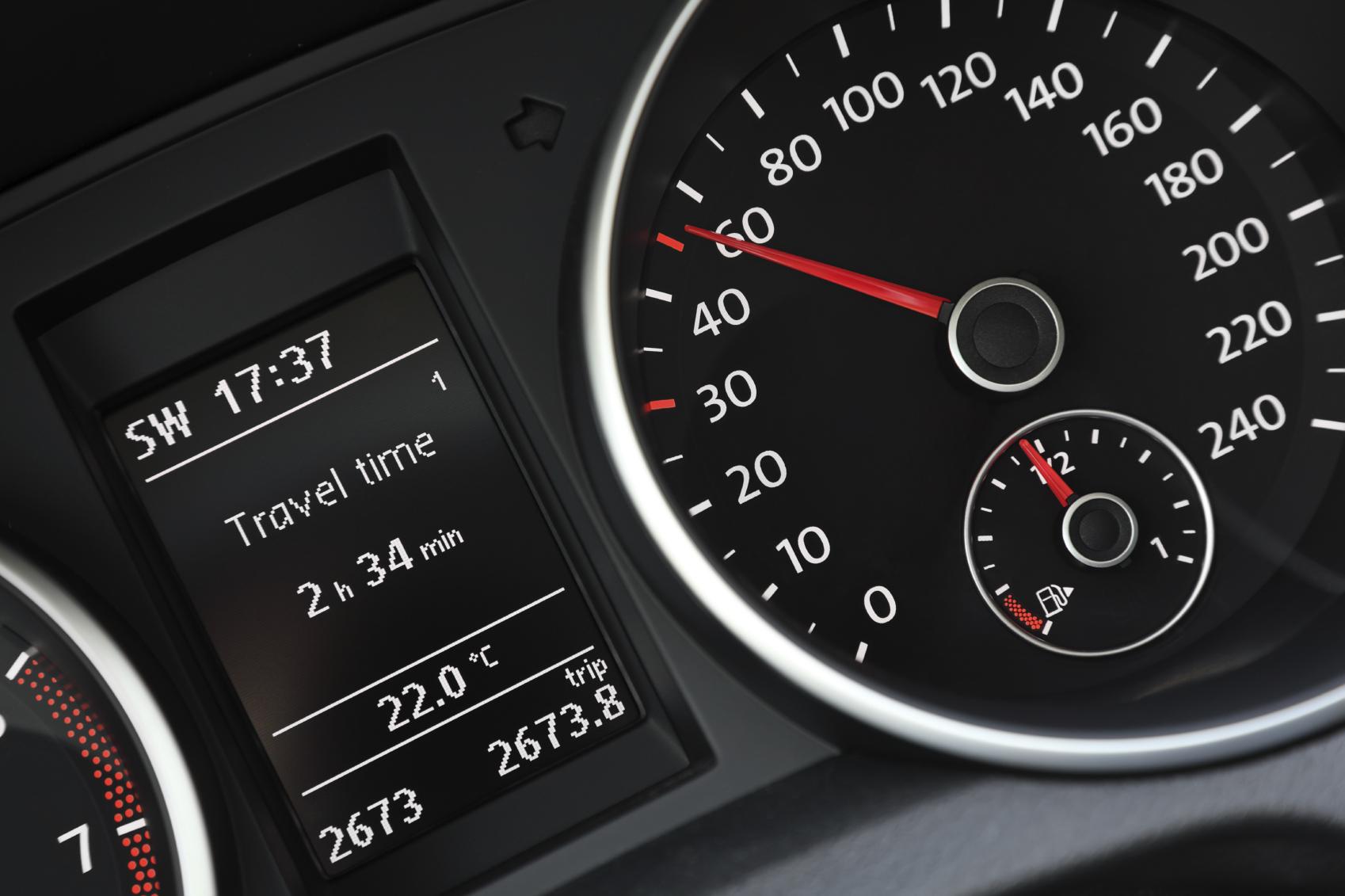How to Identify Clogged Catalyst Symptoms


A catalytic converter is an integral part of your car’s emissions control system that is responsible for managing pollution and minimizing your carbon footprint on the globe. It works by converting harmful gas emissions into safe compounds, thus causing minimal damage to the environment. It is situated on the underside of your car, between the exhaust muffler and the engine. A catalytic converter is designed to last for the lifetime of your car, and it is rare for it to fail. But sometimes, it clogs and deteriorates in its performance. It is subjected to a lot of impact from internal engine damage as well as external debris. So, if you suspect a failing catalyst in your car, make sure you can identify clogged catalyst symptoms mentioned in this oneHOWTO article.
Deteriorated engine performance
If your catalytic converter gets clogged, you will notice significant reduction in your engine’s performance. The back pressure affecting the operation of your engine is responsible for this, as it stops the engine from breathing and working at its optimum level. As the back pressure increases suddenly, your engine may stall while driving. Most of the times, you will feel as if there is an air lock within your system. Your car may jerk and you may feel as if the car is low on fuel. A cracked catalyst will cause leakage in your engine, while a clogged one will cause restriction in the exhaust flow. In both conditions, you will notice deterioration in your engine’s performance, acceleration as well as mileage.
Reduced mileage
If you have a clogged catalyst in your car, you will notice a significantly decreased in your fuel economy. This will cost you a lot over time. So, if you suspect a clogged catalyst, start noticing the miles your car runs in a liter of fuel.

Fuel vapor
If your car has a carburetor, then test your catalyst to check any fuel vapor in it. To do that, remove the car’s air cleaner and look over the top of your car’s carburetor. Rev up the engine and check if you see any signs of fuel vapor over it, which may eventually cause a fuel vapor lock. If yes, then it is a sign of clogged catalyst in your car, and you need to get it cleaned or replaced.
Problem with the exhaust system
If you notice dark or black exhaust smoke from your exhaust system or the muffler, then it can be a substantial symptom of having carbon buildup inside your engine due to a clogged catalyst. If you regularly maintain your car and use good quality gasoline additive and unleaded fuel only, then chances are that the culprit is the clogged catalyst only, and it may need cleaning or replacement.
Rattling sounds
Rattling sound is another symptom of a clogged catalyst in your car. If your catalyst becomes damaged or old from the inside due to rich mixtures of fuel, the honeycomb mesh inside the catalyst will break apart or collapse, due to which you may hear a rattling sound while driving. You will immediately hear this sound when you start the car, and it will continue worsening over time.

Check engine light turning on
A turned on check engine light may also be a symptom of a clogged catalyst in your car. Modern cars are equipped with air fuel and oxygen ratio sensors, which are used to monitor the levels of gas in the exhaust, thereby checking the efficiency of the catalyst. If the catalyst is not operating properly, or if the catalyst is not catalyzing the car’s exhaust gases, then you will see the check engine light turned on. This is designed to alert the driver that there is some problem.
Use your sense of smell
A clogged catalyst will often smell horribly of a scent that feels much like a combination of sulfur and rotten eggs. This kind of smell is hardly missed by the driver and the passengers, and serves as a sure sign of getting your catalyst cleaned or replaced.
If you want to read similar articles to How to Identify Clogged Catalyst Symptoms, we recommend you visit our Car Maintenance and Repair category.






